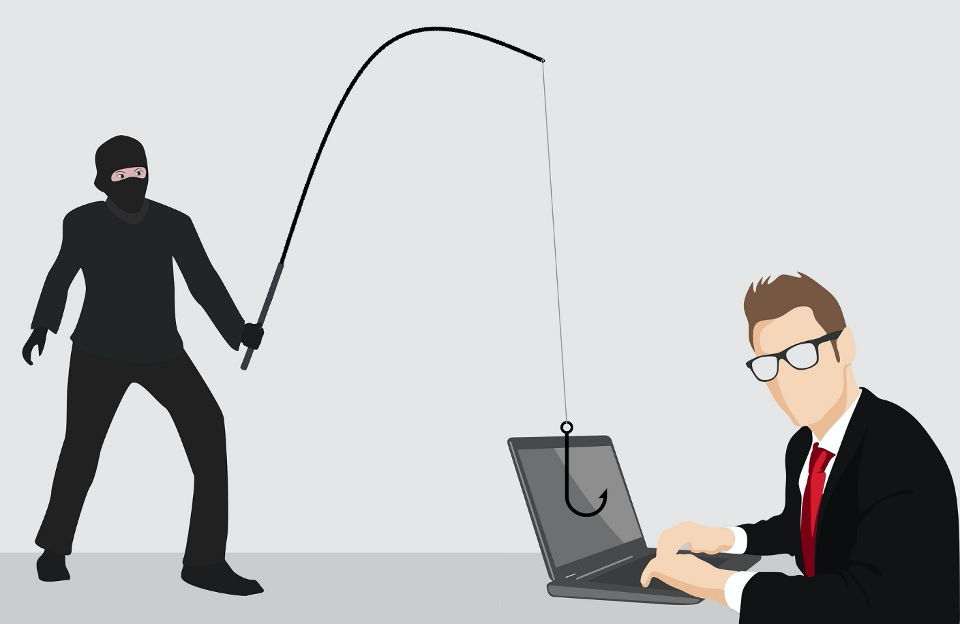Cybercrime has become a daily occurrence struggle for both businesses and individuals. Phishing, in particular, is a significant cybersecurity menace. The reason being that phishing is, according to the Digital Guardian, the most common social engineering attack — about 91% of data breaches are a result of phishing.
And with newsrooms and publications regularly featuring cyberattack stories stemming from phishing attacks to businesses of all sizes, companies are contemplating the risks they face and whether they're doing enough to protect themselves.
How Do Phishing Attacks Work?
Phishing attacks work by trying to trick and lure a user into entering personal details or other private information. Attackers will usually mask themselves as a trusted entity and try to steal or get their victims to share sensitive information or make monetary transfers.
Typically, email is the standard tool used in phishing attacks. However, the vice has now spread beyond suspicious emails to phone calls, apparently authentic websites, social media, messaging services, and apps.
In 2020, for example, roughly 306.4 billion emails were sent and received each day, with the figure expected to increase to over 361.6 billion daily emails in 2024. Researchers at Symantec suggest that almost one in every 2,000 of these emails is a phishing email putting potential phishing attacks to around 135 million every day.
Phishing Is No Longer Consumer Risk. It's a Business One Too!
While general perception points to phishing attacks being more of a risk to consumers than businesses, gone are those days, as it has also become a major business risk.
Yes, your enterprise can hire cybersecurity experts, deploy security tools to block phishing attacks, and even put on employees' phishing-awareness training programs. Contrastingly, consumers mostly count on their local ISP for protection, making them more prone to phishing scams.
Regardless of this fact, there's a radical shift in phishing attacks. This comes down to the increase in digitization across the world. With the world shifting online at an unprecedented pace, there's a heightened vulnerability in phishing attacks. We've recently witnessed a mass implementation of remote working, which paved the way for a surge and massive reliance on technology than ever before. That's aside from the exponential growth and consumption of digital services, including; social media, marketing, streaming, and gaming from remotely connected business devices.
This shift away from the office has brought significant changes to the traditional work cultures for employees. Staff now use workplace devices for both work, recreation, and personal reasons as they fully embrace digitization. However, this has also left companies and their networks vulnerable to attack.
Why?
It's the perfect time for hackers to target enterprises through their connected devices. As such, employees can expect to be critical phishing targets over the holidays and as the COVID-19 pandemic rages on.
Today, phishing attacks targeted at consumers carry an equal risk for businesses. What does this mean for your business?
Suppose an employee's device/gadget gets compromised by a phishing attack engineered to steal their sensitive details or work credentials. In that case, the aftermath is a compromised device having access to your enterprise's network. Such an enormous security gap also leaves your enterprise open to phishing and more notorious cyberattacks.
How Can You Outsmart Phishing Attacks?
By now, it's clear that phishing remains a top attack vector for attackers, yet most enterprises lack an effective strategy to stop them. Besides, all indications point to an increase in malicious activity as more people stay home through the holidays and pandemics.
Bitdefender researchers note that securing remote workers will become a primary focus for enterprises since remote workers will continually present opportunities for attackers due to their consumer-ish behavior. With that in mind, mastering the following practices is critical for improving your defenses and staying ahead of phishing attacks;
- Developing a comprehensive, defense-in-depth cybersecurity plan with BCP, DRP, and cybersecurity insurance plans.
- Hiring expert security teams and deploying proprietary security tools to detect and block phishing requests in real-time and on-demand.
- Instruct and train your employees on security awareness — Have comprehensive and progressive cybersecurity training covering phishing, including consumer-based attacks.
- Regularly creating, reviewing, revising, and implementing best security policies in the long term, merely focusing on awareness campaigns will not enhance cybersecurity behavior. You need a cohesive approach that focuses on knowledge, competence, and consumer and employee habits that incorporate cyber-secure behavior that mitigates phishing and other cybersecurity risks.
Don't fall victim to phishing scams! Remember, cybercriminals are there to get you and your business, not help you. Be smart!



 714-333-9620
714-333-9620